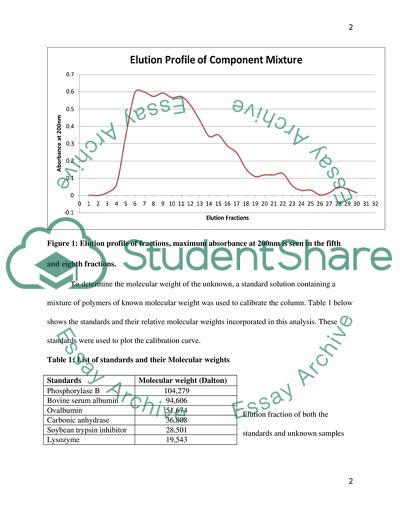Retrieved from https://studentshare.org/chemistry/1640313-size-exclusion-chromatography-protein-separation-polyacrylamide-gel-electrophoresis
https://studentshare.org/chemistry/1640313-size-exclusion-chromatography-protein-separation-polyacrylamide-gel-electrophoresis.


